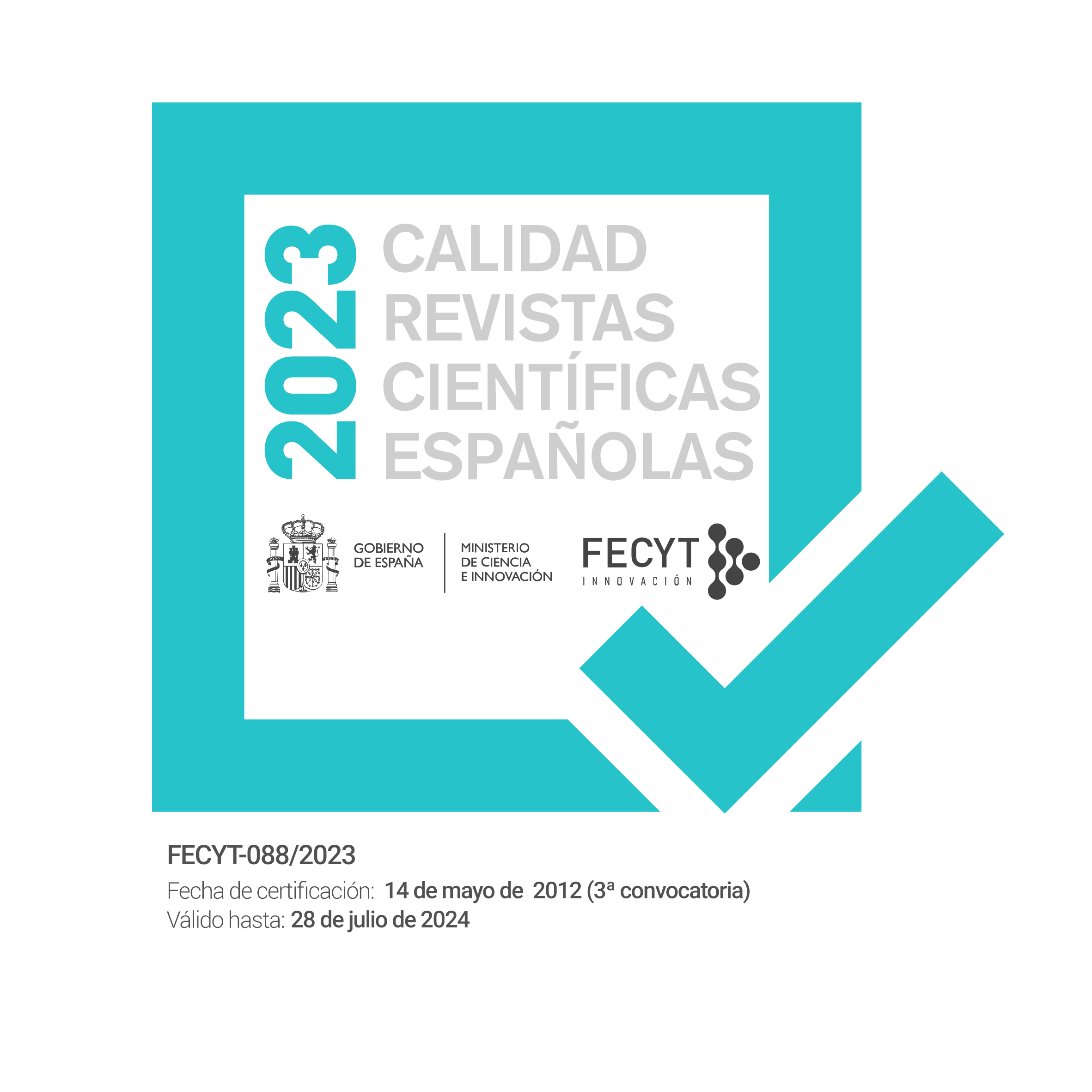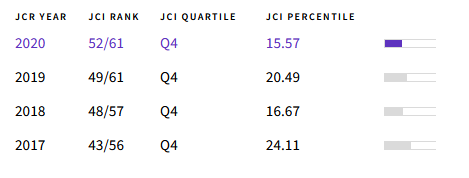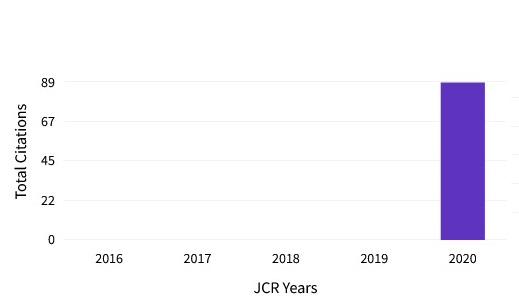Datación de carbonatos por el método de U/Th: ejemplos en España
U-Th dating of carbonates: study cases from Spain
Muñoz-García, M.B. (1); Martín-Chivelet, J. (1,2)
(1) Departamento de Geodinámica, Estratigrafía y Paleontología, Facultad de Ciencias Geológicas,
Universidad Complutense de Madrid. C/ José Antonio Novais 12, 28040, Madrid. mbmunoz@ucm.es
(2) Instituto de Geociencias – IGEO (CSIC-UCM). Calle del Dr. Severo Ochoa 7, 28040, Madrid.
Resumen:
El método de U/Th permite datar materiales diversos de hasta 600.000 años de antigüedad. En este trabajo se revisan sus fundamentos y las técnicas analíticas disponibles, centrándose en su aplicación más habitual, que es la datación de carbonatos. En concreto, se discuten su potencial y limitaciones en la datación de espeleotemas, travertinos, calcretas, cementos, corales y moluscos aprovechando los ejemplos publicados en España. El cálculo de edades mediante U/Th se basa en la serie de desintegración del 238U e involucra medidas de 238U, 234U y 230Th. Su fundamento radica en el fraccionamiento entre los radionucleidos del uranio y del torio en los sistemas naturales. En el caso de la precipitación de carbonato puro, éste incorpora uranio en el momento de su formación, pero está libre de torio inicial de tal forma que, pasado un tiempo, todo el 230Th medido en la muestra deriva de la desintegración del 234U y esta relación permite calcular la edad de formación del mineral. Teóricamente, por tanto, el carbonato a datar: (1) debe incorporar cierta cantidad de uranio en el momento de su formación, (2) no debe incorporar cantidad significativa de torio y (3) debe comportarse como un sistema cerrado. De estas premisas, la segunda y la tercera no siempre se cumplen por lo que el método se ha adaptado a estos casos añadiendo cálculos y correcciones adicionales. Dada la variedad de carbonatos susceptibles de ser datados, este método es de amplia aplicación en paleoclimatología, paleontología, arqueología, estratigrafía, geomorfología, tectónica y oceanografía, entre otras disciplinas.
Palabras clave:
Cuaternario; series de uranio; datación radiométrica; 230Th/234U; espeleotemas; corales; calcretas; moluscos.
Abstract:
The U/Th method allows age-dating of various materials up to 600,000 years old. In this work, its fundamentals and the available analytical techniques are reviewed with the focus on its most common application, which is the dating of carbonates. Its potential and limitations in dating speleothems, travertines, tuffs, calcretes, corals and molluscs are discussed reviewing for this purpose some published examples from Spain. The U/Th age calculation is based on the 238U decay series and involves measurements of 238U, 234U, and 230Th. Its foundation lies on the fractionation among uranium and thorium radionuclides in natural systems. In the case of precipitation of pure carbonates, an amount of uranium is incorporated at the time of formation while the mineral remains free of initial thorium in such a way that, after a period of time, all the 230Th measured in the sample derives from the disintegration of 234U and this relationship allows calculating the age of formation of the mineral. Therefore, ideally, the carbonate to be dated: (1) must incorporate a certain amount of uranium at the time of its formation, (2) must not incorporate a significant amount of thorium, and (3) must behave as a closed system. Of these premises, the second and third are not always fulfilled and the method has been adapted to those cases by adding further calculations and corrections. Given the variety of carbonates that can be dated, this method is widely applied in paleoclimatology, paleontology, archaeology, stratigraphy, geomorphology, tectonics and oceanography, among other disciplines.
Key words:
Quaternary; U-series; radiometric dating; 230Th/234U; speleothems; corals; calcretes; molluscs.




